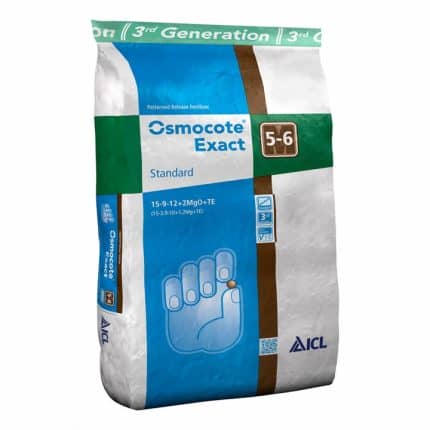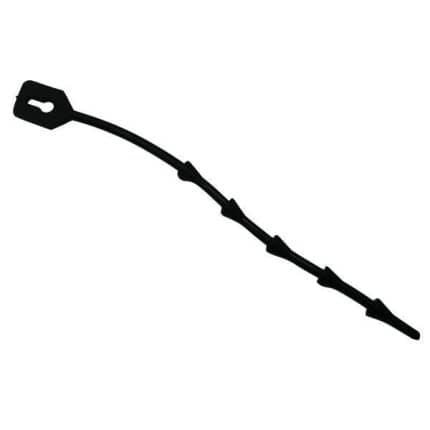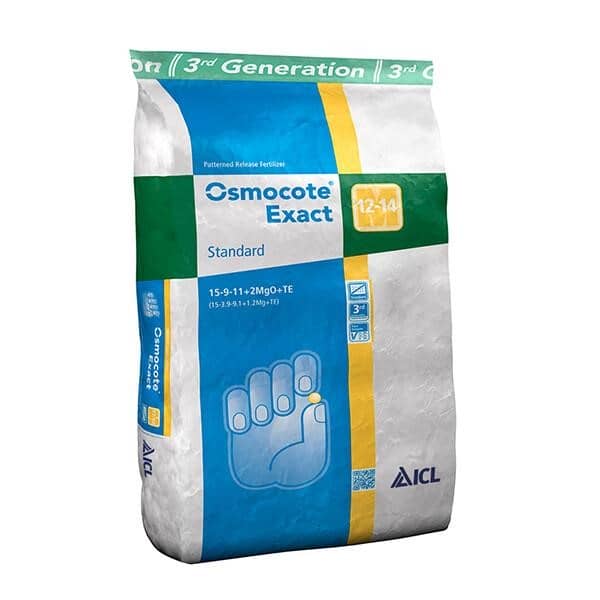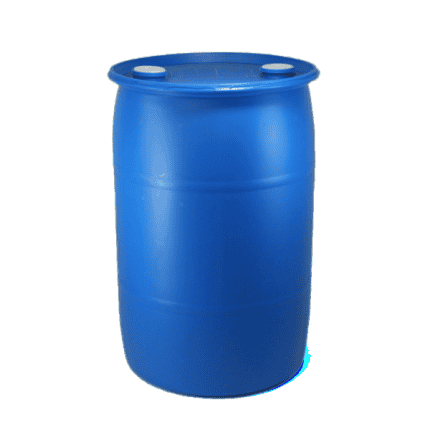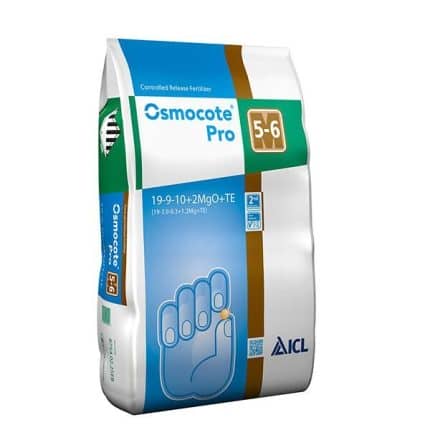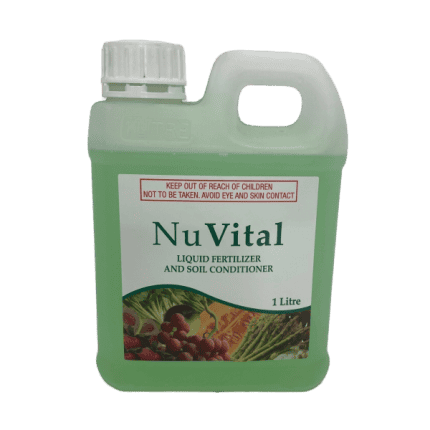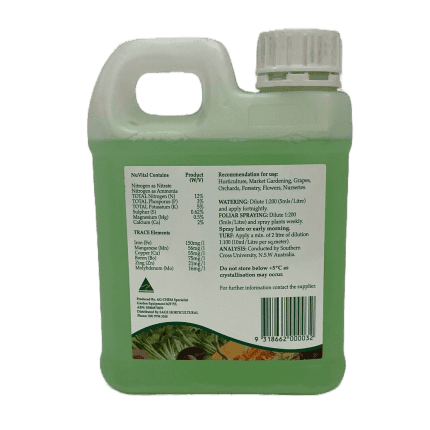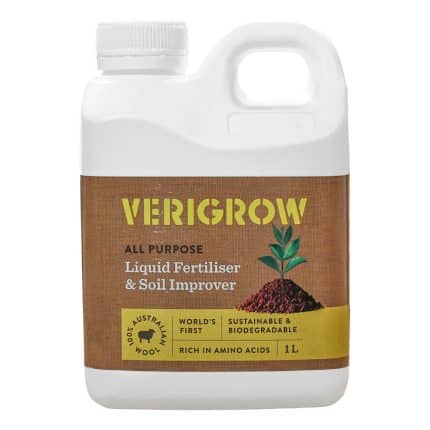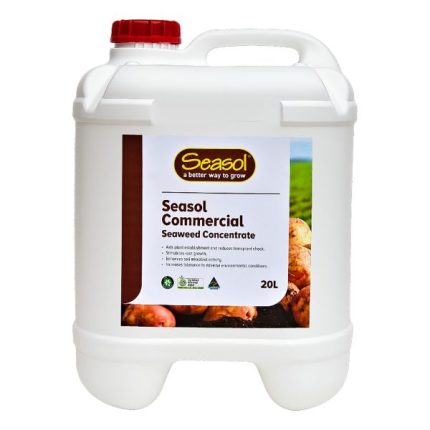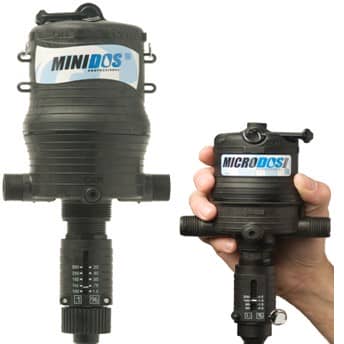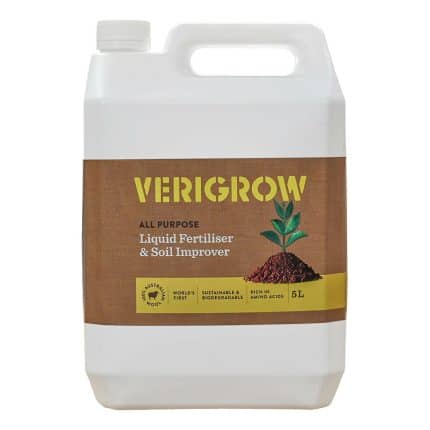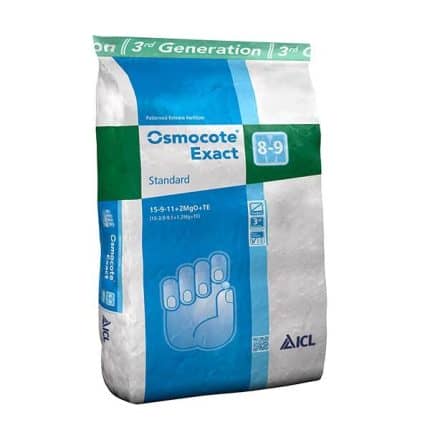Osmocote Exact is a 3rd generation controlled release fertiliser which combines safety, batch-to-batch consistency and precise longevities. Osmocote Exact provides precise nutrient delivery with each application.
- Safety: highest possible safety, controlled release and high level of all essential trace elements. Color-coded for longevity to avoid mistakes.
- Consistency: very consistent product, every bag of product gives identical results, excellent quality control exceeding all industry standards.
- Patterned release: available in various release patterns exactly tailored to crop requirements, to provide optimal plant growth. Very efficient and therefore environmentally friendly.
Osmocote Exact products are the safest Osmocote products ever. They allow real control over the nutrient supply to the plant as the release of nutrients is matched by the plants needs due to patterned release. Its regular release pattern is ideal for fast-growing conifers and evergreens.
For CNS autumn pottings we advise to apply 2-3 g/l in autumn followed by 2-3 g/l of Osmocote Exact Standard 8-9M in spring.
The longevity of Osmocote Exact Standard 12-14M is affected by temperature. (Product longevity is determined at 21ºC)
| 16ºC | 21ºC | 26ºC |
| 15-17M | 12-14M | 9-11M |
Store under dry conditions. Partly used or damaged bags should be closed well
| Light feeding | Normal feeding | Heavy feeding | |
| Container nursery stock | 4-5 g/l | 5-6 g/l | 6-7 g/l |
The above mentioned recommended rates are based on unfertilized substrates. Please be aware that these are general recommendations. Specific situations such as use in tunnels, greenhouses, or specific climate conditions require adjustments. Contact your ICL Specialty Fertilizers advisor for more detailed advice.
Trial first on a small scale before rate, application or other changes in your cultural practices are implemented. As circumstances can differ and as the application of our products is beyond our control, ICL Specialty Fertilizers cannot be made responsible for any negative results
Typical Analysis
